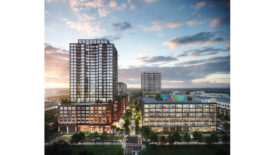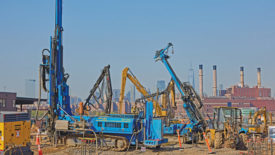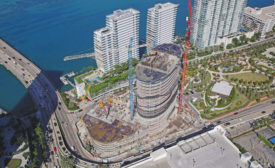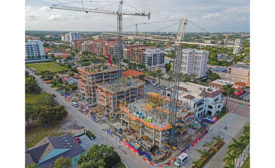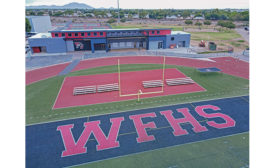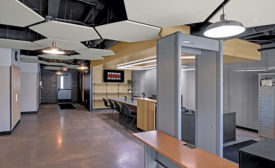Home » Keywords: » residential
Items Tagged with 'residential'
ARTICLES
Digging Deeper | Office/Retail/Mixed-Use
Developer claims the One Thousand One project is the largest in the U.S. to use prefabricated load-bearing wall panels for a residential megaproject
Read More
ENR 2024 Top Owners Sourcebook | Buildings & Developers
Work Begins on Florida Urban Village
Read MoreDigging Deeper | Mixed-Use Clean Energy
NYC Project Touts Record for Residential Geothermal Heating
System in the 1 Java Street mixed-use development in Brooklyn is set to be largest in the state—and possibly the U.S.—when the project opens in 2025
Read More
Digging Deeper | Residential
Moss Tackles Tough Site for New Miami Beach Landmark
On a high-profile, long-vacant site, the 550-ft-tall Five Park Miami Beach is starting a new chapter for the entrance to South Beach
Read More
Digging Deeper | Residential
Innovation Leads Underground on South Florida Residential Project
Amid tight sites, watery soils and building restrictions, burying multistory parking garages gives developers flexibility and value
Read More
The latest news and information
#1 Source for Construction News, Data, Rankings, Analysis, and Commentary
JOIN ENR UNLIMITEDCopyright ©2025. All Rights Reserved BNP Media.
Design, CMS, Hosting & Web Development :: ePublishing

